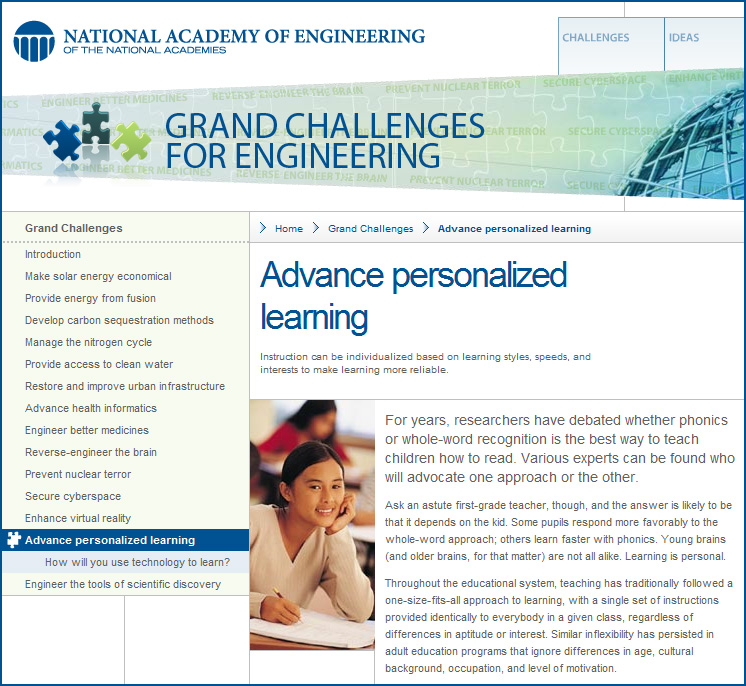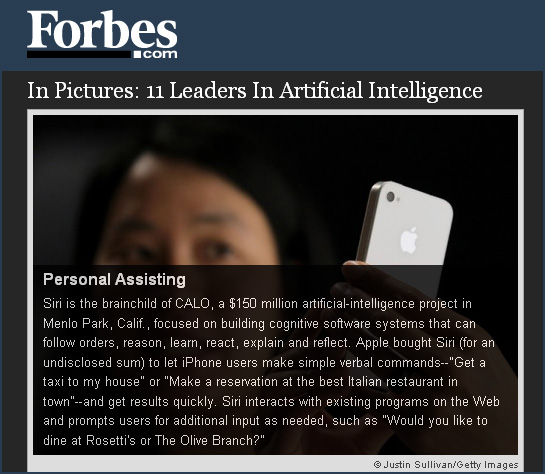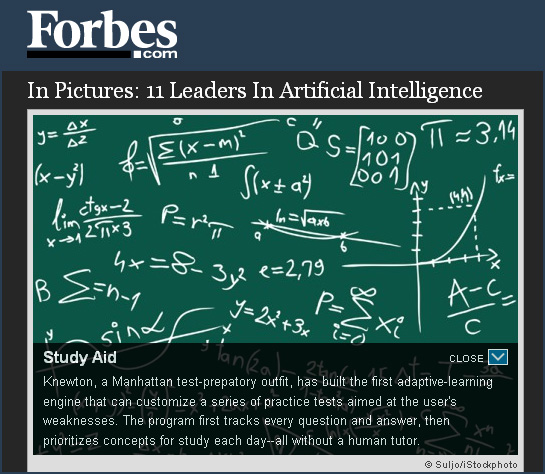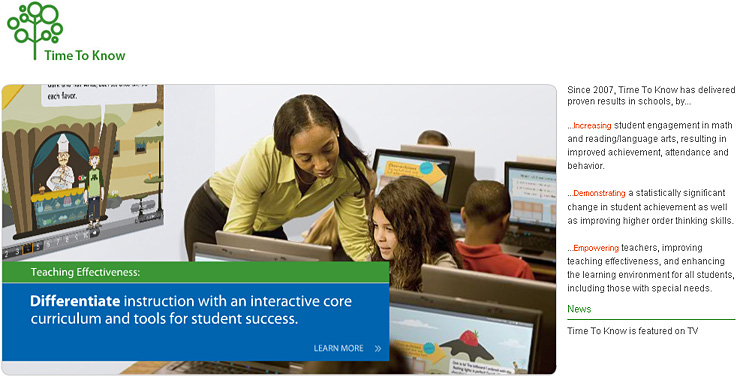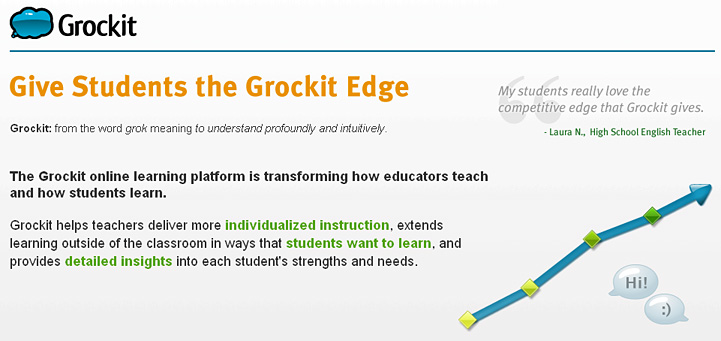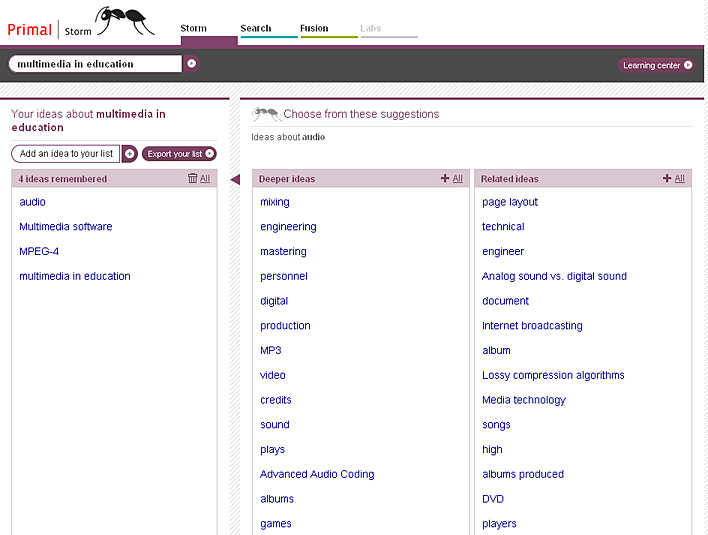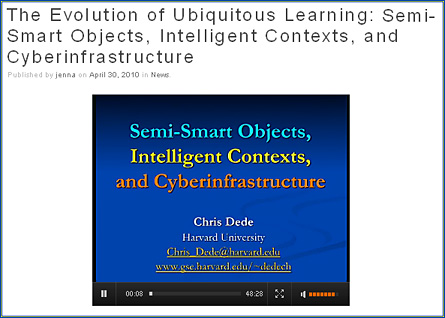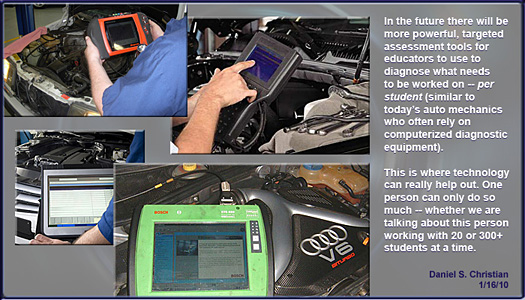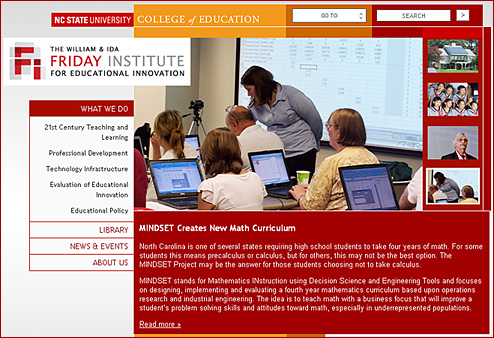In Designing e-Learning Motivation Makes all the Difference — from Allen Interactions
What was deeply personal to one group was irrelevant and pointless to another.
This is exactly the problem we face so often as designers of e-learning. Our subject matter experts or project owners live and breathe the content we are to teach. And they expect that the same values that have given significance to the content for them over many years can be directly transferred to the learners. Unfortunately, that’s impossible. To get learners engaged in understanding new content and performing new skills, we as designers need to tie the content to some motivation existing in the learner, or to manufacture an urgency (using game design, networking, or simulation aspects) that the learners buy into. This is important in all learning, but particularly so in e-learning where learners are, for the most part, working entirely on their own.
So equal to the task of analyzing content and designing instruction is the challenge of understanding our learners and designing interactivity that will provide personal motivation.
…
Here are some ideas for designing for motivation:
- Ensure learners are aware of meaningful consequences
- Develop a sense of risk
- Ensure the learner benefits from adaptive content and branching
- Draw the learner in by expert storytelling and creation of suspense
- Appreciate the aesthetic appeal of graphics and media
- Engage in meta-thinking with questions whose importance is elevated through multiple-step tasks and delayed judgment
Intelligent Agents
Watson, IBM’s Jeopardy-playing computer, trumps humans (video) – “A fascinating and insightful update on Watson, IBM’s computer being developed to appear on Jeopardy and compete with humans using the same game playing rules.”
From DSC:
This is both exciting and potentially-disturbing to me. At times, I don’t like to cover a lot of things related to artificial intelligence (AI) — as the motivations of those seeking advances in AI are sometimes suspect to me and at times border on arrogance — but to turn my head and ignore everything that’s happening in this area is not helpful either.
The disturbing part lies in who uses such technology and for which purposes. The exciting part is how intelligent agents can work for us. In fact, I created the following graphic back in May 2008 (with slight edits on the wording made today):

Also see:
Digital doomsday: the end of knowledge – Even as we are acquiring ever more extraordinary knowledge, we are storing it in ever more fragile and ephemeral forms. If our civilization runs into trouble, like all others before it, how much would survive?
Good news from the Friday Institute for Educational Innovation — from 1 to 1 Schools blog
I frequently hear negative press regarding laptop initiatives and it seems like the positive stuff is quietly released. Jeni Corn and Phil Emer from the Friday Institute for Educational Innovation recently reported preliminary findings from their evaluation of NC 1:1 Learning Collaborative to the Joint Legislative Education Oversight Committee. I’m pleased to say that they have positive results to report. I’m fortunate to be able to visit several of these schools this month and I look forward to observing classes and hearing the stories of the leaders, teachers and students.
Quote from “Opinion: Internet and Education — Back to the Future“ — from Vikram Savkar, SVP and Education Markets Director for Nature Publishing Group, a leading global science publisher:
That’s the promise of the Internet, which excels above all else at scale: scale of information, social interactions, geographic reach. But while there is seemingly nothing in education that isn’t migrating online — bookstores, labs, classrooms, field trips — not all of the Internet-driven attempts at innovation have equal merit. The acid test I apply to every new initiative is: to what extent does it bring us closer to the old system of individualized, personal, expert instruction, except with scale? (emphasis DSC)
Digital Tools Expand Options for Personalized Learning — from EdWeek.org by Kathleen Kennedy Manzo
Digital tools for defining and targeting students’ strengths and weaknesses could help build a kind of individualized education plan for every student.
Teachers have always known that a typical class of two dozen or more students can include vastly different skill levels and learning styles. But meeting those varied academic needs with a defined curriculum, time limitations, and traditional instructional tools can be daunting for even the most skilled instructor.
Some of the latest technology tools for the classroom, however, promise to ease the challenges of differentiating instruction more creatively and effectively, ed-tech experts say, even in an era of high-stakes federal and state testing mandates. New applications for defining and targeting students’ academic strengths and weaknesses can help teachers create a personal playlist of lessons, tools, and activities that deliver content in ways that align with individual needs and optimal learning methods.









